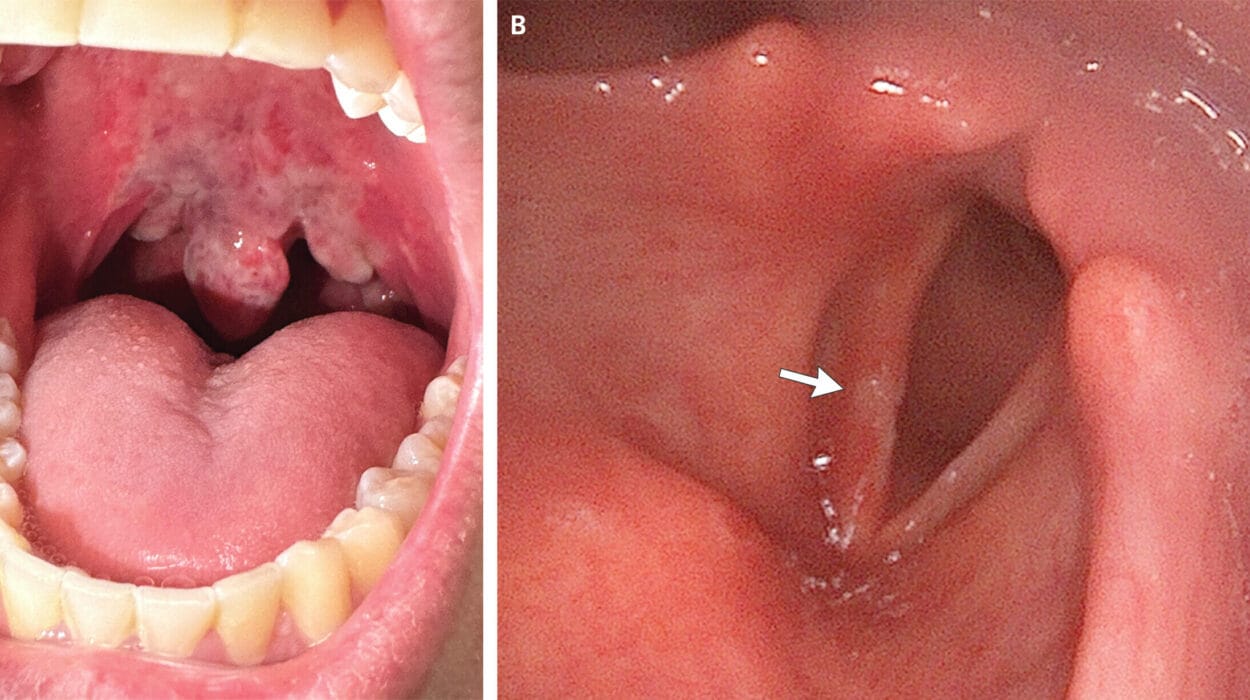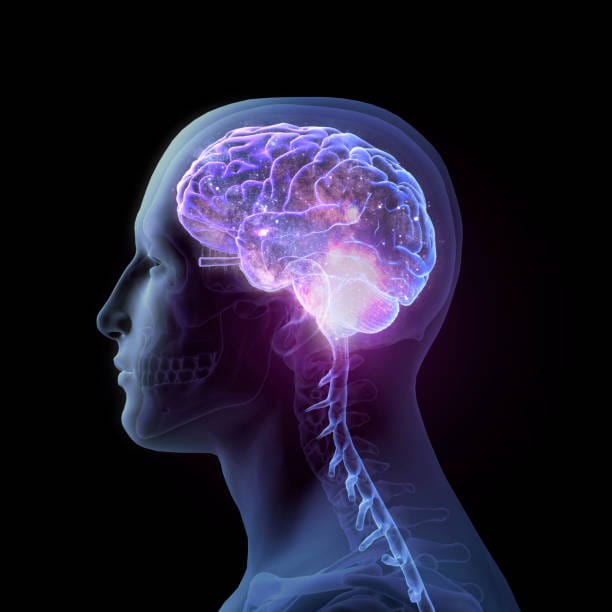Dementia often strikes silently. A missed appointment, a forgotten name, a moment of confusion that grows into a fog no mind can push through. As the global population ages, researchers have urgently turned their gaze toward the biological and genetic culprits behind this devastating condition. Now, a landmark study has uncovered a surprising player: a common gene variant in the HFE gene, already known for its role in regulating iron, may significantly increase a man’s lifetime risk of developing dementia—while leaving women relatively untouched.
Published in Neurology, the peer-reviewed medical journal of the American Academy of Neurology, the study offers more than just a new genetic marker. It presents a biological puzzle, a gender-specific mystery rooted deep in the molecular interplay between iron, inflammation, and the aging brain. And perhaps most intriguingly, it opens a potential path toward targeted dementia prevention in men who carry this subtle but powerful genetic signature.
The ASPREE Trial: A Data Goldmine for Aging and Brain Health
The story of this discovery begins not with a direct search for dementia genes, but with a broader inquiry into healthy aging. The ASPREE trial (ASPirin in Reducing Events in the Elderly), one of the largest and most rigorously designed studies of its kind, recruited over 19,000 older adults from Australia and the United States. Initially designed as a placebo-controlled trial to examine whether low-dose aspirin could reduce cardiovascular events in healthy older adults, ASPREE quickly evolved into something more.
With its comprehensive health monitoring and long-term follow-up, the trial became a vast repository of aging-related data—a sort of genomic and epidemiological treasure chest. Embedded within its results were patterns waiting to be recognized. Among them, the signatures of dementia risk that seemed to vary not only with genetics, but also with sex.
In the new study, a team of researchers from Curtin University, Monash University, the University of Melbourne, and several leading Australian medical institutes analyzed genetic data from ASPREE participants to explore the role of variants in the hemochromatosis (HFE) gene. Their focus centered on two specific variants: H63D and C282Y, both known to disrupt the body’s iron regulation.
HFE and Hemochromatosis: When Iron Turns Toxic
To understand how this gene relates to dementia, we first need to step into the biochemical role of HFE. This gene helps regulate how much iron the body absorbs from food. When functioning normally, HFE acts like a gatekeeper, preventing excessive iron from accumulating in tissues. But mutations in the gene—especially in H63D and C282Y—can cause the gate to malfunction, leading to a condition called hereditary hemochromatosis.
In hemochromatosis, iron builds up in organs like the liver, heart, and pancreas. Over time, this silent overload can cause organ damage, diabetes, joint problems, and even heart failure. The condition is common enough that most Western countries, including Australia, routinely screen for it, especially in people with symptoms or family history.
What the researchers wanted to know, however, was whether these same gene variants might be doing more subtle damage—especially in the brain.
A Gender Divide in Genetic Risk
Among the key findings of the study was this striking observation: men who carry two copies of the H63D variant were more than twice as likely to develop dementia as those who don’t carry the variant. This form of the gene, present in about 1 in every 36 people, had a dramatic impact on male participants. Yet in women, the same genotype showed no statistically significant increase in dementia risk.
This gender-specific difference electrified the researchers. “Having just one copy of this gene variant does not impact someone’s health or increase their risk of dementia,” explained Professor John Olynyk, co-author of the study and a senior researcher at the Curtin Medical School. “However, having two copies of the variant more than doubled the risk of dementia in men, but not women.”
Why should the same genetic variant act so differently across sexes? That question is now at the center of a new research frontier.
Iron, Inflammation, and the Vulnerable Male Brain
One might expect that if the HFE gene variant increased iron in the blood, and if iron itself were toxic to brain cells, then the mechanism would be obvious. But the researchers found something far more enigmatic. There was no direct correlation between iron levels in the bloodstream and dementia risk, even among men who carried the double variant. That is, high blood iron was not the smoking gun.
This points toward other, more complex mechanisms. One theory suggests that the variant may cause subtle disruptions in how iron is processed or stored in brain tissue, rather than in the blood. Iron, after all, is a critical element in neural metabolism, essential for oxygen transport and neurotransmitter synthesis. But in excess—or in the wrong place—it becomes a catalyst for oxidative stress, triggering inflammation, cellular damage, and ultimately, neurodegeneration.
Men may be especially vulnerable to this cascade. Some scientists speculate that estrogen in women may confer a protective effect against iron-induced oxidative stress. Others note that men naturally have higher iron stores throughout life, which could interact with the H63D variant to amplify neural vulnerability.
“These results suggest a mechanism beyond simple iron overload,” said Professor Olynyk. “Possibly one involving chronic, low-grade inflammation or sensitivity to iron-related stress in male neurons.”
Dementia by the Numbers: Why This Matters
Dementia is not a rare fate. Worldwide, more than 55 million people live with the condition, and that number is expected to more than double by 2050 as populations age. In Australia alone, over 400,000 individuals are affected. Although women currently represent the majority of dementia cases (likely due to longer life expectancy), men tend to experience more rapid cognitive decline and shorter survival after diagnosis.
Understanding why some people are more vulnerable than others—especially men with this common genetic variant—could revolutionize the way we think about dementia prevention.
“More than 400,000 Australians are currently living with dementia, with around a third of those being men,” said Professor Paul Lacaze, co-author from Monash University. “Understanding why men with the double H63D variant are at higher risk could pave the way for more personalized approaches to prevention and treatment.”
Toward Targeted Screening and Early Intervention
The study’s findings also raise important clinical questions: Should men be routinely screened for the H63D variant, even in the absence of symptoms? The gene is already tested for in many countries during evaluations for hemochromatosis. But its association with brain health—especially this newly uncovered dementia link—could give the test a new purpose.
“Our findings suggest that perhaps this testing could be offered to men more broadly,” said Olynyk.
Such screening could allow at-risk individuals to undergo early cognitive monitoring, lifestyle interventions, or inflammatory risk assessments. While the gene cannot be changed, the brain pathways it affects might still be modified or protected. There is tantalizing evidence that anti-inflammatory diets, physical exercise, and targeted pharmaceuticals could counteract some of the damage from iron-related inflammation in the brain.
In short, a genetic test that already exists could be repurposed—not just to protect the liver, but to shield the mind.
Collaboration in Action: The Power of Interdisciplinary Science
The success of this research underscores the value of large, collaborative trials like ASPREE. The project brought together data from nearly 20,000 participants, analyzed by a coalition of leading institutions including Curtin University, Monash University, the University of Melbourne, The Royal Children’s Hospital, Murdoch Children’s Research Institute, and Fiona Stanley Hospital.
“This study is a great example of how diverse Australian research groups and universities can collaborate effectively to learn more about these progressive diseases and ultimately improve health outcomes for people around the world,” said Lacaze.
Beyond its specific findings on the HFE gene, the research reflects a broader trend in medical science: the move toward precision medicine, where genetics, sex, lifestyle, and environmental factors are all considered in tandem to tailor prevention and treatment strategies to individual risk profiles.
What Comes Next: Unlocking the Gender Code
If one gene can double the risk of dementia in men but not in women, it raises larger questions about how sex differences shape brain aging. Are there other genes that influence dementia differently in men and women? How do hormones like estrogen and testosterone alter inflammation, neural repair, or metabolic regulation in the brain? And could future treatments be customized not just to a person’s DNA, but also to their sex and age?
The H63D discovery may be just the beginning. Already, researchers are calling for follow-up studies using brain imaging, tissue biopsies, and longitudinal cognitive assessments to track how this variant operates over time. Mouse models may also help to clarify the neural pathways involved, especially those tied to microglial activation, the brain’s immune response, which is increasingly implicated in Alzheimer’s disease and other dementias.
Meanwhile, public health campaigns may one day include messaging targeted at men who carry this variant—offering education, early screening, and perhaps even preventative therapies that target the inflammation and oxidative stress thought to lie at the heart of its danger.
A New Lens on an Ancient Illness
Dementia has haunted humanity for millennia. But only now, in the age of molecular medicine, are we beginning to decode its complex roots. The discovery that a common gene variant can dramatically increase dementia risk in men while sparing women offers both a warning and an opportunity. It reminds us that the brain, like the body, is shaped by the genes we inherit, the environments we inhabit, and the biological histories we carry.
But more importantly, it suggests that with deeper understanding, even the silent footprints of dementia may be tracked—and perhaps, one day, prevented.
In the dance between iron and inflammation, between sex and susceptibility, science has found a new partner in the quest to protect memory, identity, and the human spirit itself.
Reference: Chenglong Yu et al, Haemochromatosis Genotypes and Incident Dementia in a Prospective Study of Older Adults, Neurology (2025). DOI: 10.1212/WNL.0000000000213743






